When I think of Texas, mountains certainly isn’t the first thing that comes to mind. But there are in fact mountains there, and they’re decently large.
Guadalupe Mountains National Park is located in west Texas, just south of the border with New Mexico and 2 hours east of El Paso. From Carlsbad Caverns in New Mexico, it was only about an hour drive to the easternmost entrance to Guadalupe Mountains National Park. The park is relatively small, and most of the land is accessible on foot or horseback only. There are more than 80 miles (129 km) of trails in the park, most of which travel quite a distance into the backcountry.
We stopped first at McKittrick Canyon, located in the northeast corner of the park. The entrance road ends just inside the park, and from here three trails depart. One is a short nature trail, one follows McKittrick Canyon, and the last leads to a backcountry campsite at the northern border of the park.
We hiked up McKittrick Canyon a ways, I don’t remember exactly how far. Maybe 2.5 miles (4 km)? Far enough to get a good idea of what to expect in the Texas desert. I hadn’t spent any time in a desert before, so I promptly found myself surrounded by unfamiliar plants and keeping an eye out for animals I’d never encountered. Turns out everything really is bigger in Texas – the sky, the plants, the centipedes.
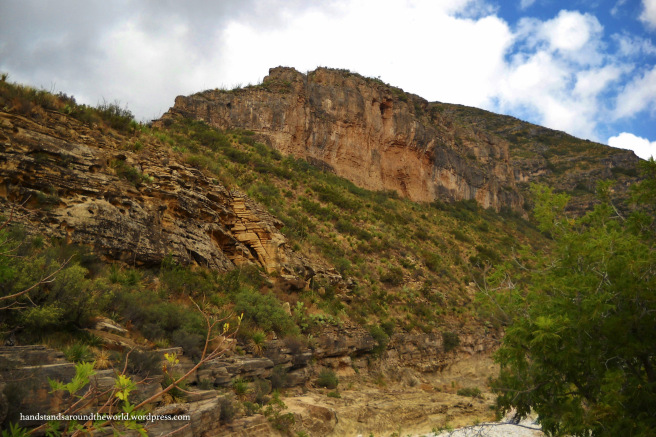
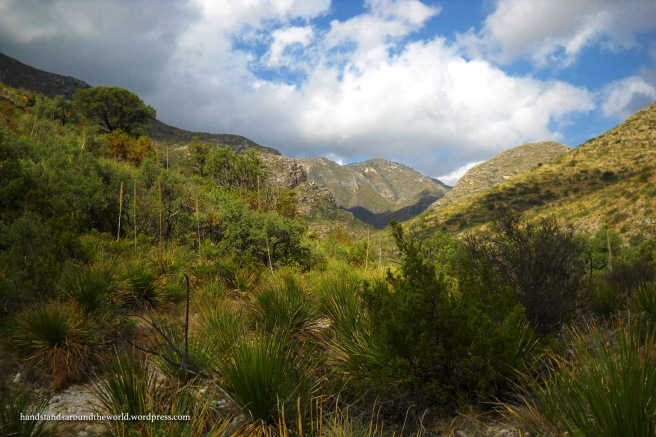
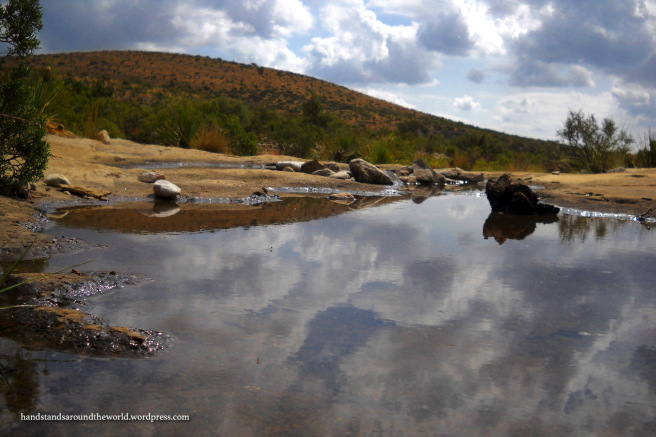
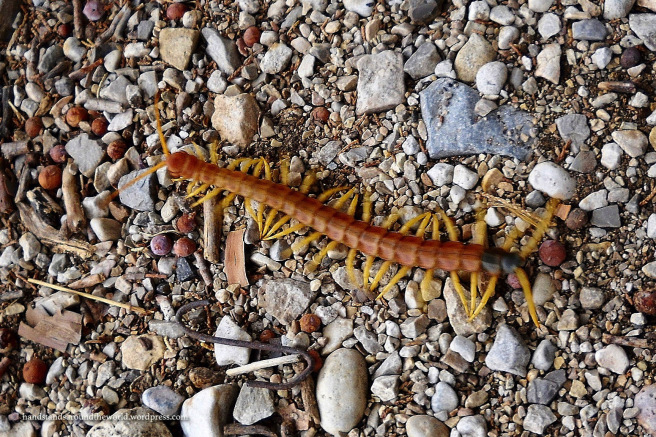
We also hiked the short McKittrick Nature Trail before departing this section of the park. There are no campgrounds here so unless you’re backpacking in, the area is day-use only.
Back out on the main highway (US Route 62/180), the next turnoff was for Frijole Ranch. The road is unpaved, and at the end is a picnic area, the Frijole Ranch History Museum, and a couple trails. It’s probably becoming apparent by now that this park is fairly primitive; probably due to the remote location and lack of water in the area.
Anyway, we toured the museum and took a short walk to Manzanita Spring, an oasis in the middle of the desert. The sun was hot and the air was very dry so I was actually surprised there was any water at all.
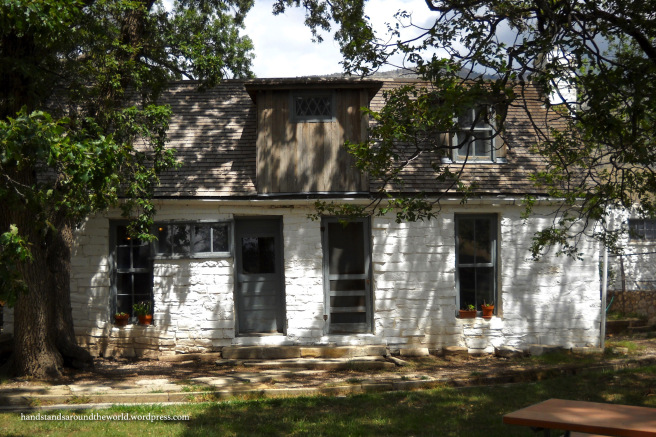

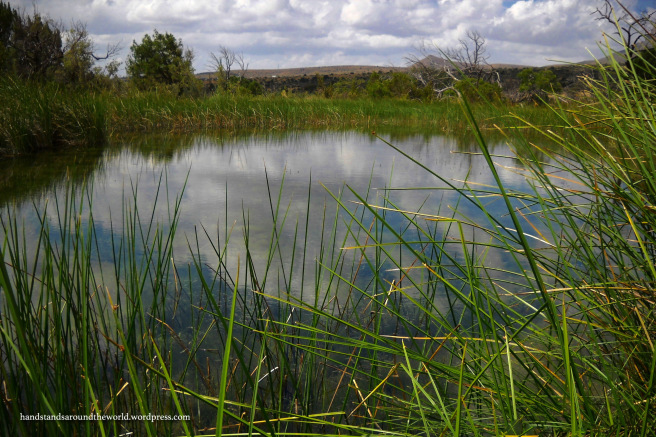
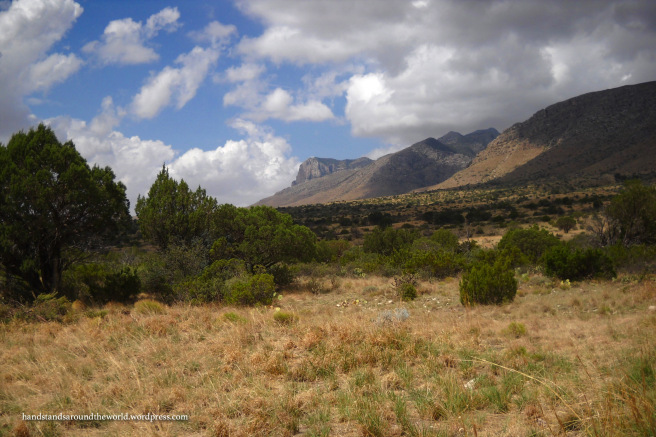
Another couple miles down the highway is the “main” entrance to the park. This is the Pine Springs area and provides access to the main front-country campground, as well as a picnic area and multiple trails. We toured the visitor center and then set up camp, pitching our tent in the hot sun since there was no shade to be found. We seem to excel at vacationing in the desert in the hottest part of the summer. Fall is supposedly the prime time to visit Guadalupe Mountains, as the leaves change into a variety of colors. Also, it wouldn’t be a million degrees.
Due to the hot, dry conditions, fires are not allowed anywhere in the park, and we were only allowed to use our camp stove at a cement picnic table in the middle of the parking lot that was surrounded by absolutely nothing that could possibly catch fire. It’s easy to see why though. It was pretty windy and so dry; the whole place could go up in flames in minutes.
Since it’s Texas and it’s the desert, a skunk snuffling its way through campsites is apparently a thing that happens. He didn’t seem to care that we were sitting there, but I wasn’t excessively pleased by his presence. Late afternoon thunderstorms are also a common occurrence in this region. We didn’t actually get rained on, but we did see the storms off in the distance and the clouds created a beautiful sunset. We also got to watch the full moon peek above the horizon before heading to bed.

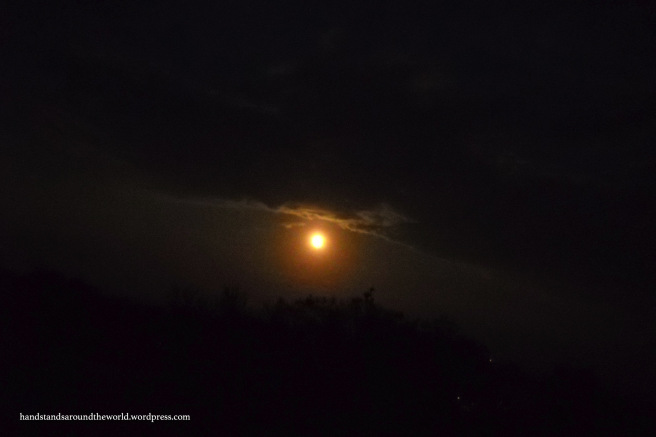
Goodnight, Texas!
The Important Stuff:
- Getting there: located off of US Highway 62/180 in the northwest corner of Texas
- Fees & passes: $5 per person for a 7-day pass; Interagency Annual Pass accepted
- Camping: Pine Springs campground, 20 tent sites and 20 RV sites, $8 per night, primitive (running water but no showers); reservations not accepted and campfires are not allowed
- Hiking: there are 80 miles (128 km) of trails in the park. We hiked McKittrick Canyon Nature Trail (0.9 miles/1.4 km round-trip), McKittrick Canyon (varies, up to a max of 15 miles/24 km round-trip), and Manzanita Spring (0.4 miles/0.6 km round-trip)
- Other: the desert is an environment of its own… there are skunks and other small mammals, and summer weather is hot, dry, and windy with a chance of evening thunderstorms; come prepared with lots of water, sunscreen, and rain coats








Really diverse plant life! The flowers must have really stood out against all the green and yellow.
LikeLiked by 1 person
They did, it was really cool to see the color contrast!
LikeLike
That looks like such a special and unique area. Amazing.
LikeLiked by 1 person
Did you happen to notice any bees while you were there, Diana? We saw a lot of them in Big Bend, although they never seemed to be an issue for us. One must always be aware of them when hiking in the southwest, as some pretty awful attacks have occurred in recent years.
LikeLike
You know, I don’t remember seeing any bees so they must not have been giant or annoying if they were there. As for the attacks, we very nearly found that out the hard way (topic of my next post).
Thanks for reading!
LikeLiked by 1 person